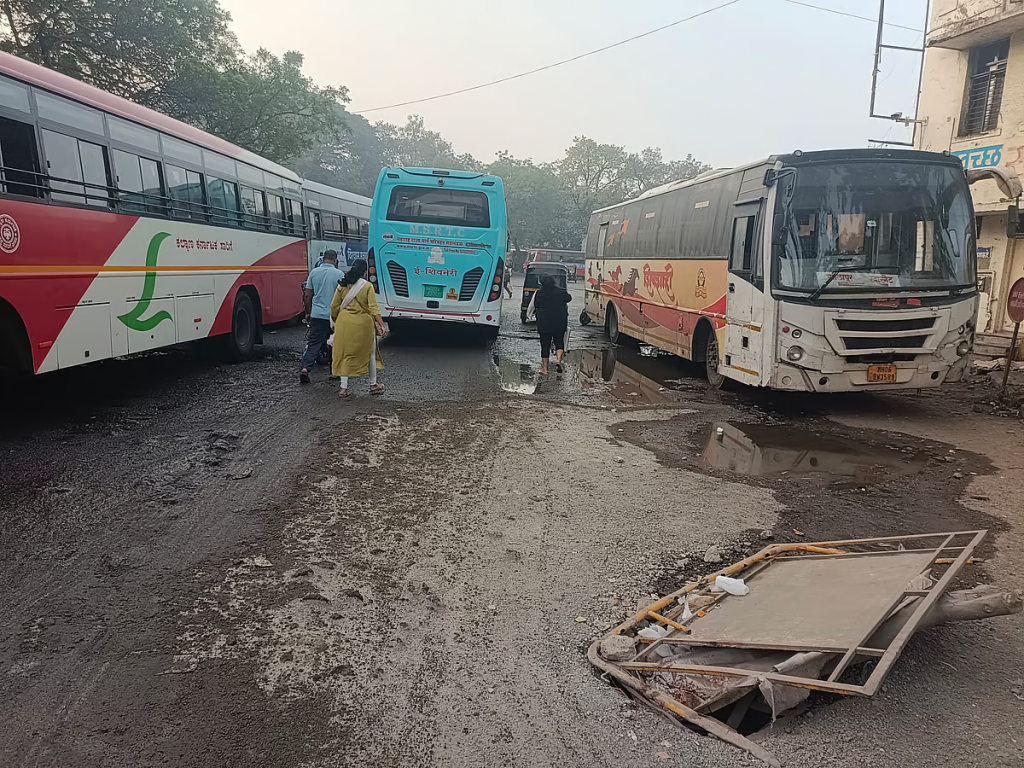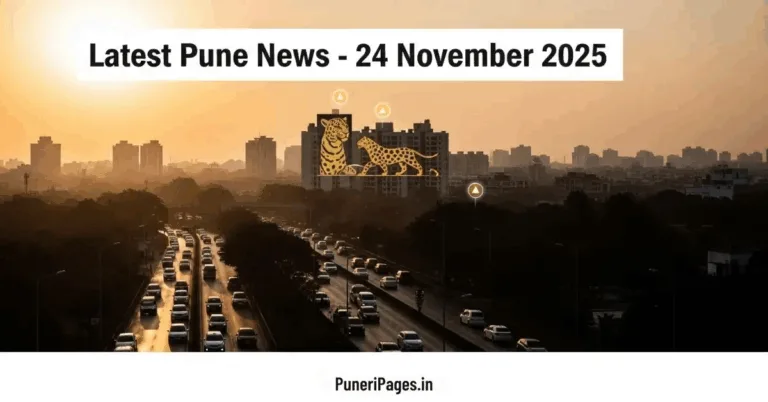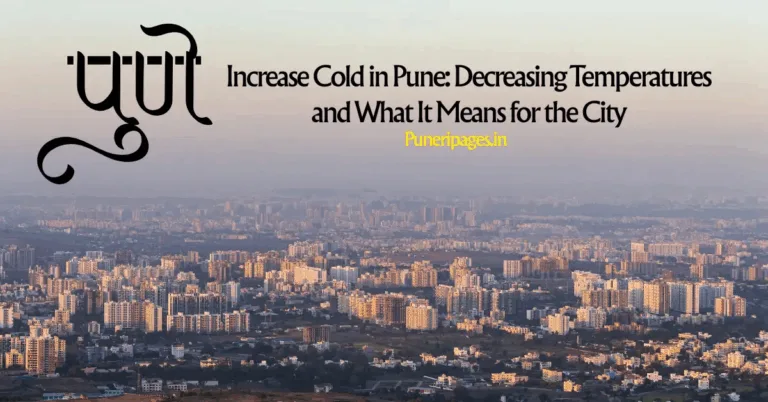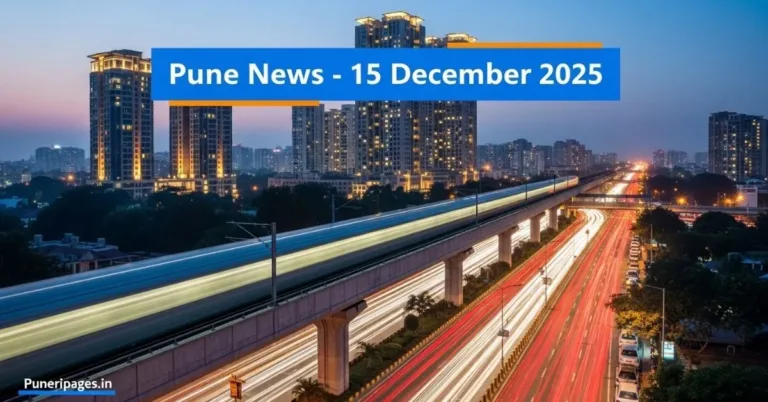
Commuters navigate knee‑deep waterlogged platforms at Swargate bus depot following a short rainfall, highlighting chronic drainage failures
Swargate bus depot waterlogging has once again brought Pune’s primary MSRTC terminal to a standstill after a brief 20‑minute pre‑monsoon shower submerged platforms in ankle‑to‑knee‑deep water, delaying over 1,700 bus movements and stranding approximately 60,000 commuters. This chronic flooding arises from the depot’s low‑lying topography and antiquated stormwater drains that cannot cope with sudden downpours. Planned drainage upgrades to link the depot into the PMC stormwater network have been stalled by the discovery of uncharted underground cables, exposing coordination failures between MSRTC and the Pune Municipal Corporation. Similar waterlogging incidents occurred during April 2025’s heavier rains and even before last year’s monsoon, underscoring systemic maintenance lapses that demand urgent, comprehensive solutions.
Swargate Bus Depot Waterlogging: Overview and Causes

Geographic and Drainage Challenges
Swargate bus depot waterlogging stems primarily from its position in a natural depression relative to surrounding roads like Shankarsheth Road, allowing surface runoff to inundate the premises. The depot’s original stormwater system, installed decades ago, was designed for light rains and lacks the capacity to drain even moderate pre‑monsoon showers. During the latest 20‑minute spell, drains quickly backed up, creating knee‑deep pools across boarding platforms and walkways. Compounding the issue, broken internal sewage lines reported in past years have intermittently flooded the depot, demonstrating multi‑system failures in underground utilities.
Infrastructure and Utility Delays
MSRTC and Pune Municipal Corporation officials initiated excavation in May 2025 to connect the depot’s drains to the PMC network, only to hit a cluster of undocumented power and telecom cables, forcing a halt until utility owners can relocate them. PMC’s concerns over traffic management on Shankarsheth Road during peak hours further delayed construction permissions, stretching repair timelines into the monsoon season. A concurrent PMC project to unblock an underground water chamber near the depot entrance inadvertently worsened flooding by disrupting temporary diversion channels, illustrating poor inter‑agency planning. These coordination gaps have shifted project deadlines repeatedly, with resurfacing and conduit upgrades postponed despite allocated budgets.
Commuter Impact and Operational Disruptions
When Swargate bus depot waterlogging strikes, commuter routines grind to a halt. Ankle‑to‑knee‑deep water forces passengers—many elderly or carrying luggage—to wade through slushy, uneven surfaces, leading to spoiled clothing and increased injury risk. Local resident Jagan Namdeo described stepping off his Solapur bus, almost toppling into murky water, and questioning why pre‑monsoon rains paralysed a transport hub months before the official monsoon. Operationally, depot staff must deploy pumps and manually clear drains, delaying bus dispatches and creating cascading schedule slippages across connecting services. Such disruptions not only frustrate daily travellers but also strain MSRTC personnel tasked with crowd management under waterlogged conditions.
Historical Recurrence and Audit Insights
Waterlogging at Swargate is not a new phenomenon; significant flooding was recorded during monsoon 2024 and during heavy pre‑monsoon rains in April 2025, indicating persistent vulnerabilities in both depot and municipal drainage systems. A March 2025 audit by the PMC Bibwewadi ward office flagged the depot’s 12‑inch drainage line as grossly undersized for peak runoff, recommending upscaling to 18‑inch conduits—advice that remains pending implementation. Past maintenance drives proved insufficient, as clogged grates and unremoved silt led to recurrent chokes, while broken manhole covers posed safety hazards for pedestrians and vehicles alike. These audit findings expose chronic negligence and highlight the need for systematic, long‑term investment rather than piecemeal fixes.
Strategic Solutions for Lasting Relief
- Complete Drainage Integration: Expedite mapping and relocation of underground utilities to seamlessly connect depot drains to the PMC stormwater network, avoiding further discovery‑driven delays.
- Upgrade Drain Capacity: Replace existing 12‑inch pipes with at least 18‑inch conduits to handle peak runoff volumes, as per PMC engineering recommendations.
- Permeable Surfacing: Install permeable pavers in high‑traffic zones to facilitate rapid infiltration, reducing surface pooling and easing pump loads during sudden rains.
- Regular Maintenance Protocols: Form a joint MSRTC‑PMC task force to conduct quarterly inspections, clean silt‑prone drains, and promptly repair damaged inlets and covers.
- Smart Water‑Level Monitoring: Deploy IoT‑enabled sensors and CCTV feeds across the depot to monitor water levels in real time and trigger automated pumps before thresholds are exceeded.
The Swargate bus depot waterlogging crisis highlights entrenched infrastructural and administrative lapses that jeopardise Pune’s vital transit network. With monsoon rains impending, only decisive, coordinated action—combining upgraded drainage, smart monitoring, and rigorous upkeep—will ensure commuter safety and operational resilience. Stakeholders must capitalise on this pre‑monsoon window to implement lasting solutions or face repeated chaos with every rainfall.






